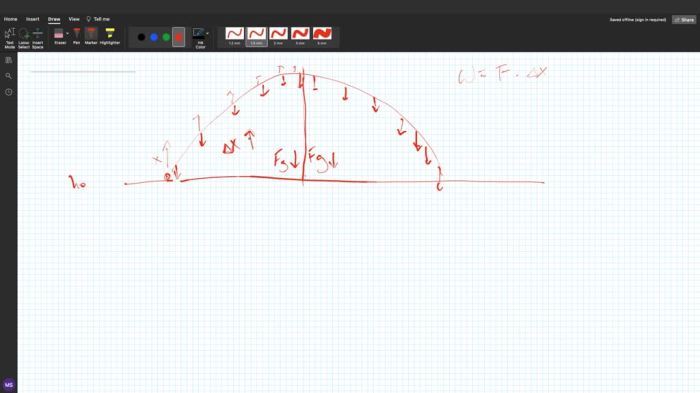Jonathan accelerates away from a stop sign, propelling us into an enthralling exploration of acceleration, a fundamental concept in physics that governs the rate of change in an object’s velocity. This captivating narrative delves into the intricate relationship between acceleration, velocity, displacement, and time, unveiling the underlying principles that shape the motion of objects in our universe.
As Jonathan’s vehicle surges forward, we embark on a journey that unravels the factors influencing acceleration, including mass, force, and external resistances. We delve into the historical tapestry woven by scientific giants like Galileo and Newton, tracing their pivotal contributions to our understanding of acceleration.
Acceleration Measurement and Calculations
Acceleration, denoted by ‘a’, is a vector quantity that describes the rate at which an object’s velocity changes over time. It is measured in meters per second squared (m/s²).
The acceleration of an object can be calculated using the following formulas:
- Acceleration from initial and final velocities: a = (vf– v i) / t
- Acceleration from displacement and time: a = 2s / t²
Where viis the initial velocity, vfis the final velocity, sis the displacement, and tis the time.
Factors Influencing Acceleration

The acceleration of an object is influenced by several factors, including:
- Mass:Objects with greater mass require more force to accelerate than objects with less mass.
- Force:The greater the force applied to an object, the greater its acceleration.
- Friction:Friction opposes the motion of an object, reducing its acceleration.
- Air resistance:Air resistance also opposes the motion of an object, especially at high speeds.
Kinematic Equations for Uniform Acceleration

For objects moving with uniform acceleration, there are three kinematic equations that relate displacement, velocity, acceleration, and time:
- vf= v i+ at
- s = vit + 0.5at²
- vf² = v i² + 2as
These equations can be used to solve a variety of motion problems involving uniform acceleration.
Applications of Acceleration
Acceleration has numerous applications in various fields, including:
- Engineering:Designing vehicles, aircraft, and other machines that require controlled acceleration.
- Physics:Studying the motion of objects, forces, and energy.
- Everyday life:Understanding how objects move and interact, such as in sports, transportation, and manufacturing.
Acceleration vs. Velocity

Acceleration and velocity are two distinct concepts related to motion.
Accelerationmeasures the rate of change of velocity, while velocitymeasures the speed and direction of an object’s motion.
An object can have zero acceleration but non-zero velocity, and vice versa.
Historical Perspectives on Acceleration: Jonathan Accelerates Away From A Stop Sign
The concept of acceleration has evolved over time.
Galileo Galileiwas one of the first scientists to study acceleration, demonstrating that objects fall with constant acceleration regardless of their mass.
Isaac Newtonlater developed the laws of motion, which include the equation F = ma, where Fis the force applied, mis the mass of the object, and ais its acceleration.
User Queries
What is acceleration?
Acceleration is the rate at which an object’s velocity changes over time, measured in meters per second squared (m/s²).
What factors influence acceleration?
Acceleration is influenced by mass, force, friction, and air resistance.
How is acceleration calculated?
Acceleration can be calculated using the formula: acceleration = (final velocity – initial velocity) / time.
What are the applications of acceleration?
Acceleration has applications in engineering, physics, and everyday life, such as designing vehicles, calculating projectile trajectories, and understanding the motion of celestial bodies.
